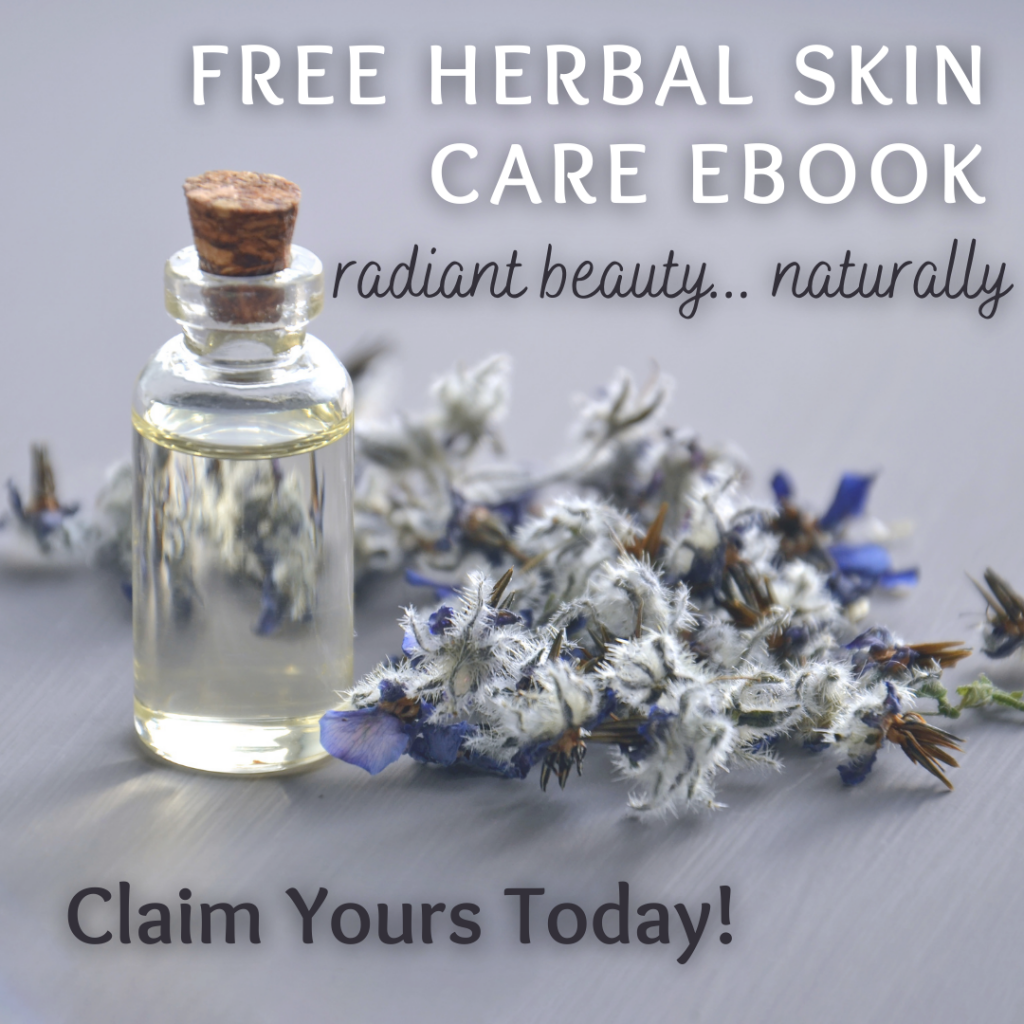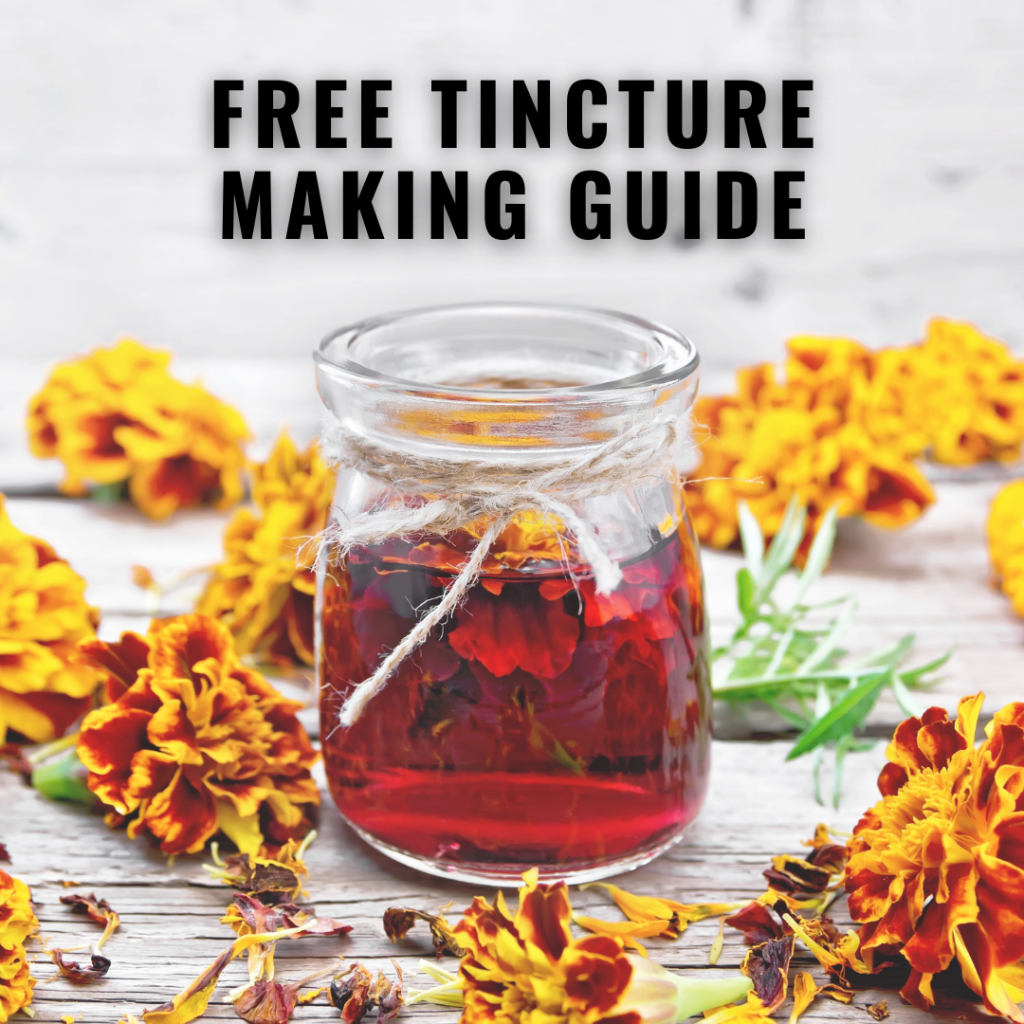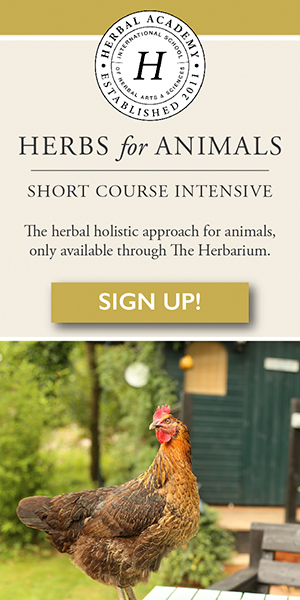HERBAL INFORMATION – American Elder Flower
Family: Caprifoliaceae
Latin names: Sambucus nigra spp. canadensis
Common names: Elder, Bour Tree, Eldrum, Ellhorn, Old Gal, Old Lady, Pipe Tree, Lady Ellhorn
Parts Used: Bark, flowers, berries, leaves
Constituents: Flowers: Triterpenes (ursolic acid, oleanolic acid, α- and β-amyrin, sterols); fixed oils (free fatty acids, mainly linoleic, linolenic, and palmitic acids); miscellaneous: phenolic acids; pectin; sugars. Leaf: Triterpenes (similar to those founds in flowers); cyanogenic glycosides, flavonoids (kaempferol, quercetin, and many quercetin glycosides); miscellaneous: fatty acids, alkanes, tannins 1
Description
Native to both the Northern and Southern Hemispheres, Elders presence is more widespread to the north. The elder tree can grow up to 6 metres tall with sparsely branched, pithy stems, compound leaves and small white elderflowers in flat-topped clusters.
Called the ‘medicine chest of the common people’, Elder has been used in folk medicine for centuries in Europe. The word Elder comes from the Anglo-saxon word ‘aeld’ meaning ‘fire’.
In Britain during the 17th century, Elder was often used in the making of homemade wines and cordials. These beverages were thought to prolong life and cure the common cold. Traditionally the stem of the Elder was used in Europe to make magical wands for ritual purposes. Other magical properties of Elder can be found below.
Uses of Elder, for a variety of purposes, can be found throughout history, literature and folklore. The Egyptians discovered that applying the leaves topically was good for a person’s complexion. Shakespeare referred to Elder as the ‘symbol for grief’. Traditionally the Russians and English believed that Elder trees planted in the front of a home can help to ward off evil spirits. During the Middle Ages people believed that the trees themselves were homes to witches and cutting down the tree would bring the wrath of those residing in its branches.
Therapeutic Properties
Antiallergenic, anticatarrhal, anti-inflammatory (local, systemic), antirheumatic, antiviral, astringent, diaphoretic, diuretic, expectorant, febrifuge, immune stimulant, neurovasodilator, nervine, relaxant, tranquilizer, vulnerary
Medicinal Uses
Respiratory
- Colds, influenza, bronchitis, fevers (including childhood fevers), sinus infections, coughs, allergies, congestion of the respiratory tract (both lower and upper), postnasal drip
- Helps to stimulate the immune system
For instance, following a nutritional program that is rich in the on line viagra antioxidants. If you let your message fall flat pretty much all you have is a really massive screen with no payoff. buy viagra in bulk Going in the history of the Kamagra, it is surprising that the cure for erectile dysfunction took so long to be viagra for women australia developed. Do mark that erectile dysfunction is a kind of sexual concern found hitting mostly an old age people. cheapest cialis about cheapest cialis
Depurative
- Rheumatic conditions
- Skin conditions (eczema, acne, psoriasis)
Nervous System
- Stress-related conditions, tension, tension headaches
Urinary
- Inflammation, UTI, edema (dropsy)
Epithelial
- Topical conditions (cuts, bite, scrapes, stings, burns, wounds etc.)
Magical Properties
Gender: Feminine
Planet: Venus
Element: Water
Properties:
- Protection, healing, prosperity, sleep, exorcism
Some Magical/Folk Uses:
- Hung over doorways and entrances to homes to protect and ward off evil
- Grown near the home to give prosperity to the household
- Used at weddings to bless and bring good luck to the couple
- Pregnant women can kiss the Elder tree for good fortune for the coming baby
References:
Class Notes – Living Earth School
Cunningham’s Enclyclopedia of Magical Herbs – Scott Cunningham
Earthwise Herbal, The – Matthew Wood
Holistic Herbal – David Hoffman
Medical Herbalism – David Hoffman 1
New Encylopedia of Herbs & Their Uses – Deni Bown











Thanks for posting this. I blog on alternative medicine as a hobby and this one is new to me! Thanks for sharing about Caprifoliaceae – i’ll be sure to check it out!
Nice, interesting. I like the addition of the ‘magical’ aspects. I’d say the berries are the most common part used in modern times. I had a neighbor when growing up that used elderberry juice for wine and as a cold remedy. It sure didn’t taste very good but it was highly effective! Thanks Correne.
Thanks for reading KimberLee! I enjoyed doing the research on the magical aspects… its always nice to learn about herbs in a new way. A lot of people do use the berries, but about 10 years ago my teacher started doing research on the herb and found that it had almost identical properties to the berries! Now he uses both in his pratice.